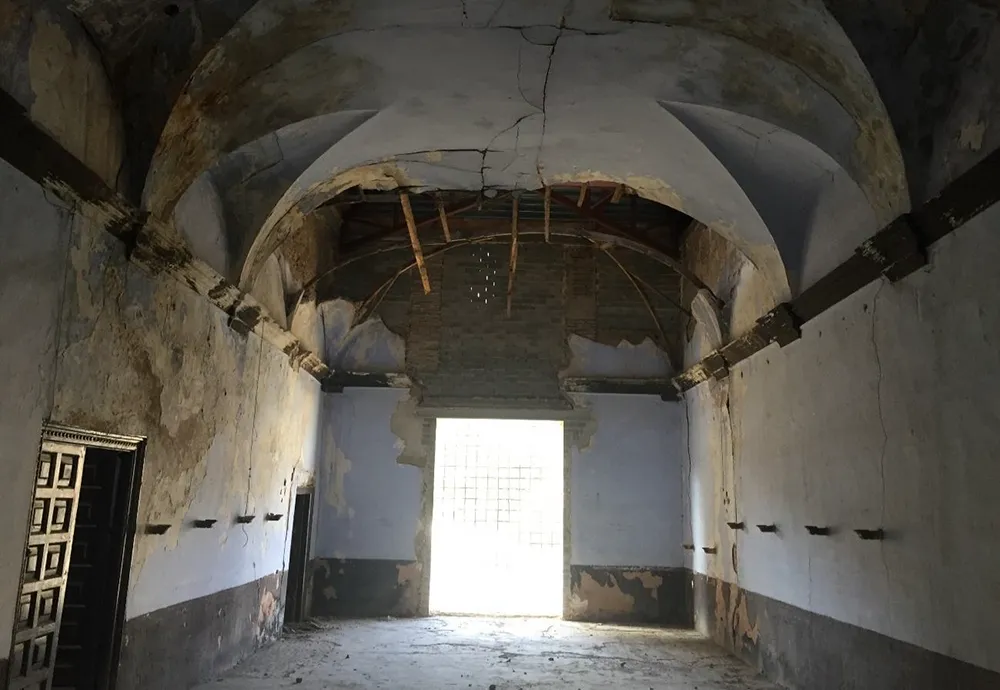Preventive urbanism: Guidelines and tools for the protection of traditional architecture in Mudejar towns from the perspective of urban planning.
This research internship proposes an analysis and comparative study of the urban planning regulations governing architectural interventions in various locations in the Mudéjar Territory. It does so by generating an overview of the level of protection afforded to traditional architecture through planning, identifying areas for improvement, and proposing a framework document that can be used by both private developers and municipal technicians to improve the compatibility of interventions in traditional buildings. This project continues the research on vernacular architecture initiated during the previous internships.
The work developed is based on general objectives that have been:
- To promote appreciation for traditional architecture within the sphere of influence of Aragonese Mudejar art, fostering the perception of construction techniques as a valuable cultural heritage that must be preserved and protected.
- To promote the compatible conservation, restoration, and rehabilitation of traditional architecture, offering tools tailored to the specific circumstances of the Aragonese Mudejar influence.
- Promote coordination between municipal administrations and private sector initiatives to develop flexible and conservative interventions.
- Promote the regeneration of rural areas through their heritage, proposing alternative uses beyond the tourism sector and offering tools that enable the development of interventions that are compatible with and respectful of local cultural identity.
Based on these general objectives, a series of specific objectives have been proposed:
- To analyze the state of urban planning and its influence on traditional architecture in the towns that make up the Mudéjar Territory.
- Generate reference documentation, in the form of guidelines and conservation objectives, that can be used by local councils to promote and encourage compatible intervention and preventive conservation of local traditional architecture.
- Promote social involvement with preventive conservation tools and their appropriation by the community through citizen participation actions.
- Raise awareness about the value of traditional architecture through outreach activities that emphasize the irreplaceable nature of this architecture and the importance of its preservation.
- Encourage the supply and demand for traditional trades, highlighting the virtues and real costs of these techniques and contributing to the formation of a regional professional network.
The visit concludes with conclusions and guidelines for compatible interventions in the area’s traditional architecture, which will be disseminated among the various interested communities.
LINE OF RESEARCH: New perspectives on Mudejar art; cultural heritage management
AUTHOR: Laura Villacampa Crespo
CONTRIBUTORS: F. Javier Gómez Patrocinio, Ignacio Pérez Bailón.


